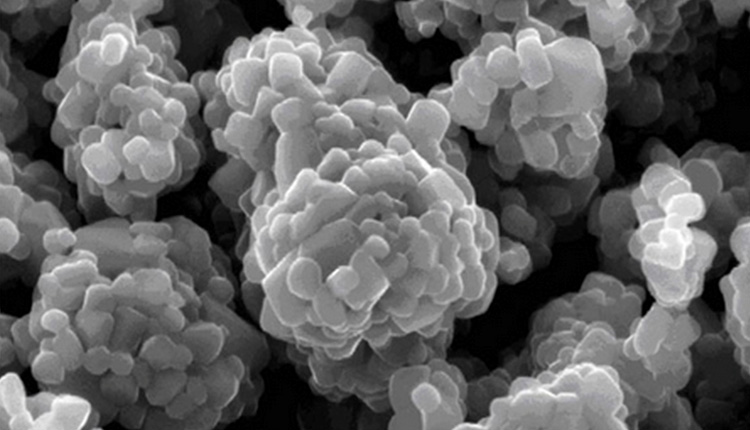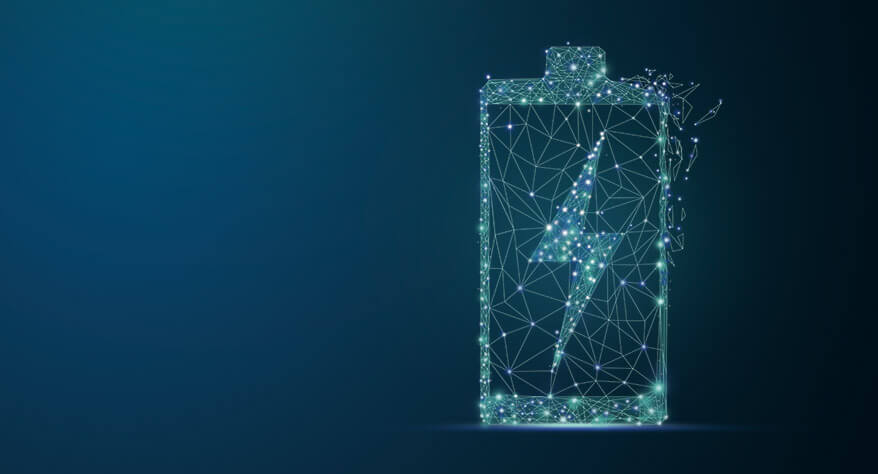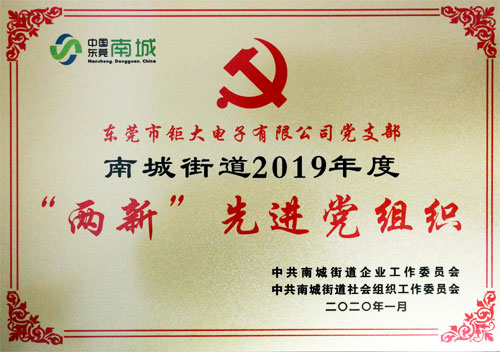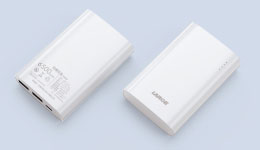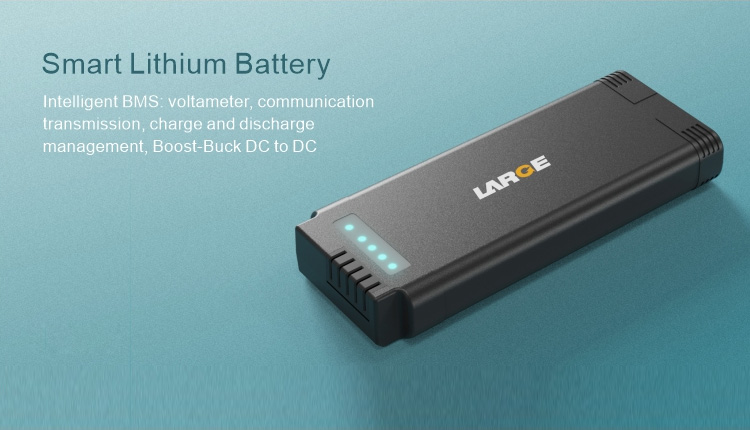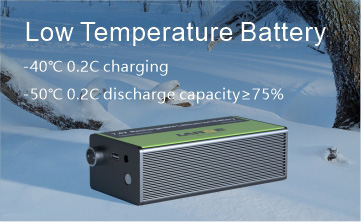Common Sense on Applications of Lithium Ion Batteries
2021-07-27 14:07:51 Pageview: 1567
a. It should use Special Battery charger to charge lithium batteries. It takes CC/CV charge method, that is, charge with constant current, then transfer to constant voltage charge when voltage is up to 4.5V, stop charge until charge current declines to 0.01C.
Charge voltage: max charge voltage is 4.2V*n (n is the number of series connection)
Charge current: recommend 0.5C charge current ( for instance, rated capacity 2200mAh battery, charge current 0.5*2200mAh=1100mA)
Charge temperature: 0°C~45°C
b. Lithium ion Battery discharge:
Discharge current: 1C or below (contact manufacturer if you want over 1C current discharge)
Discharge cut-off voltage: not less than 2.5V*n (n: number of series connection).
Over discharge will shorten battery cycle life, even greatly damage battery.
Discharge temperature: -20°C~+60°C
c. Discharge depth: is the ratio of discharge capacity to rated capacity, e.g. Battery discharge depth 20%, that’s to say, remaining capacity is 80%.
Actually, the smaller the number, and the shallower the discharge depth is. Discharge depth is related to cycle life: the deeper the discharge, the shorten the cycle life.
In addition, voltage and current is not certain when deep discharge. In another word, use capacity for battery work cut-off, also for make sure certain voltage and current platform, other side, is considering of cycle life.
d. Lithium ion Battery Storage: its temperature is from -5 to 35 °C, relative humidity below 75%, clean, dry indoor, avoid contact with corrosiveness material, far away from fire or heat sources, keep 30-50% capacity, charge one time in every 6 month in storage.
e. Lihtium ion battery should be packed in paper or wood box during transportation. Avoid vibration and punch. Away from sunshine or rainy, and transport by car, rail, board, air etc.
- Prev Article: Cycle Life of Lithium Battery Manufactured in Domestic China
- Next Article: New Regulation on Carrying Lithium Battery






